Grain Structure: The Touchstone of Sheet Metal Processing Technology
Author: SAIVS Date Published: Jul 26,2024
Introduction
Sheet metal processing, as a widely used metal forming process, greatly depends on the internal arrangement of crystals of the material, especially the grains. The size, shape, and orientation of grains significantly impact the Mechanical properties, surface quality, and formability of sheet metal parts.
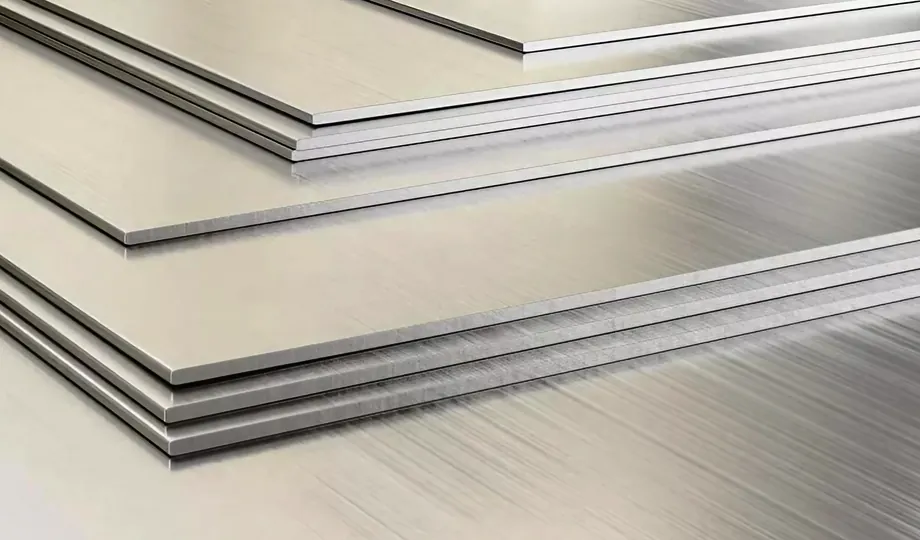
Basic Concept of Grains
Grains are the basic building blocks of metal materials, consisting of small crystals with periodic atomic arrangements. The size, shape, and orientation of grains are influenced by the material's composition, processing methods, and heat treatment.
Grain Size: Grain size refers to the average size of individual grains. Smaller grain sizes generally mean higher strength, hardness, and toughness.
Grain Shape: Grains can be equiaxed, columnar, or fibrous. Different grain shapes affect material properties in various ways.
Grain Orientation: Grain orientation refers to the spatial arrangement of grains. The uniformity of grain orientation significantly affects the material's variation of properties in different directions.
Impact of Grains on Sheet Metal Part Performance
Strength and Hardness: Smaller grain sizes result in more grain boundaries, which hinder the movement of imperfections within the material, leading to higher strength and hardness.
Plasticity: Grain size has a complex effect on plasticity; generally, medium-sized grains help improve plasticity.
Toughness: Both excessively large and small grain sizes are detrimental to toughness. Medium-sized grains help enhance toughness.
Surface Quality: Large or unevenly distributed grains can increase surface roughness, affecting the appearance and performance of the parts.
Formability: Grain orientation significantly affects formability. Materials with more uniform grain orientation have better plastic deformation capabilities.
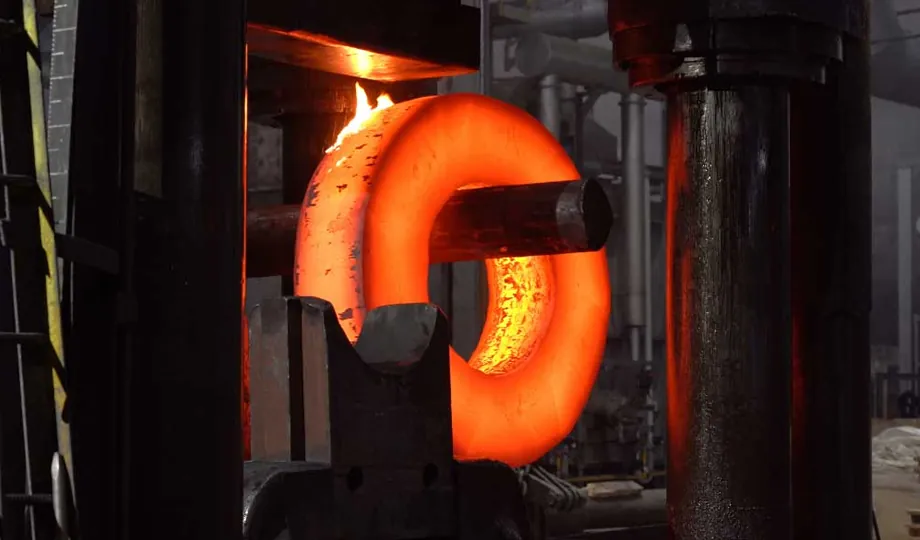
Influence of Texture on Performance
Sheet and Batch Differences: The texture characteristics of metal sheets affect workpiece performance. Variations in sheet and batch texture characteristics can introduce many unforeseen challenges.
Effects of Cold Rolling and Cold Processing: If metal undergoes cold rolling or cold processing, the crystals elongate in the rolling direction, forming directional grains. Bending along the grain in certain materials increases the likelihood of cracking, reduces required tonnage, and changes spring-back characteristics.
Factors Affecting Grain Structure
Material Composition: The type and content of alloying elements influence grain formation and development.
Processing Methods: Cold deformation, hot deformation, and recrystallization processes impact grain size and orientation.
Heat Treatment: Annealing, quenching, and tempering processes can alter grain size and distribution.
Strategies for Optimizing Grain Structure
Controlling Grain Size: Adjusting alloy composition and heat treatment processes can control grain formation and development rates to achieve desired grain sizes. Methods for refining grains include cold deformation, rapid cooling, and adding grain refiners.
Controlling Grain Orientation: Controlling stress states during deformation processes can achieve specific grain orientations. Texture control, through specific deformation and heat treatment processes, can produce materials with desired textures.
Optimizing Processing Methods: Selecting appropriate processing parameters, such as deformation amount, deformation rate, and temperature, can improve grain structure and enhance part performance.
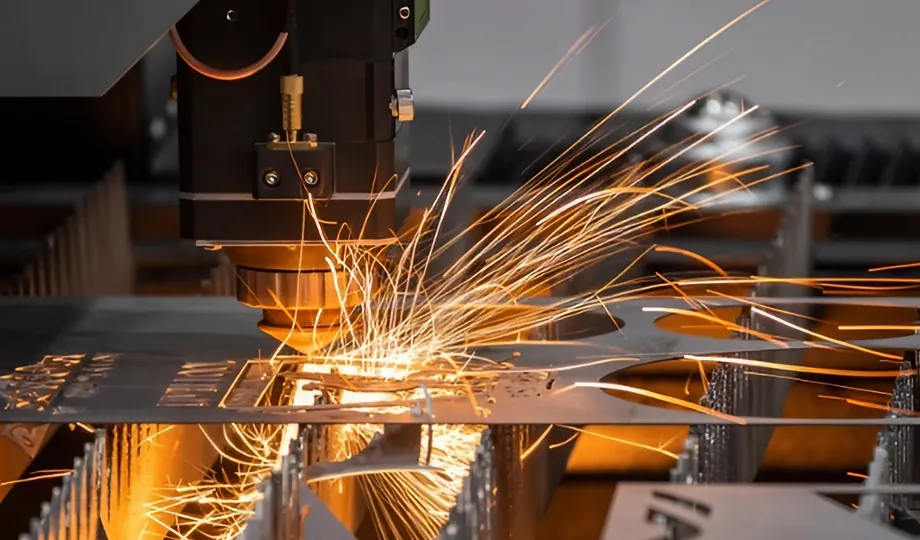
Conclusion
Grain structure is a crucial factor affecting the performance of sheet metal parts. By controlling grain size and shape, the grain structure of sheet metal parts can be optimized, improving their mechanical properties, surface quality, and formability. Additionally, press brake operators must consider material texture and other characteristics to reduce unpredictable deformation, enhancing production efficiency and product quality.
Why Choose SAIVS™ as Your Supplier?
1.Superb Quality Control Management
At SAIVS, we take pride in our perfect quality management systems and procedures, which guarantees the excellent performance of all our producs, being a professional Investment Casting | Die Casting| Sand Castingmanufacturer in China.
2.Rich Production Experience
With 20 years of experience in production, SAIVS has a deep understanding of the market and trends, and strives for continuous research and innovation. This has created advantages in both the product's performance and appearance.
3.Competitive Prices
As a Chinese factory committed to becoming the most cost-effective Investment Casting | Die Casting| Sand Castingexporter in China, SAIVS provides high-quality products at advantageous prices. By lowering costs and increasing efficiency, we ensure that our customers receive the best possible value for their investment.
4.Perfect After-sales Service
At SAIVS, we strive to provide superior customer service that meets and exceeds expectations. We are always available for any questions or concerns you may have, and we stand by our commitment to providing excellent after-sales support.
Related Posts
-
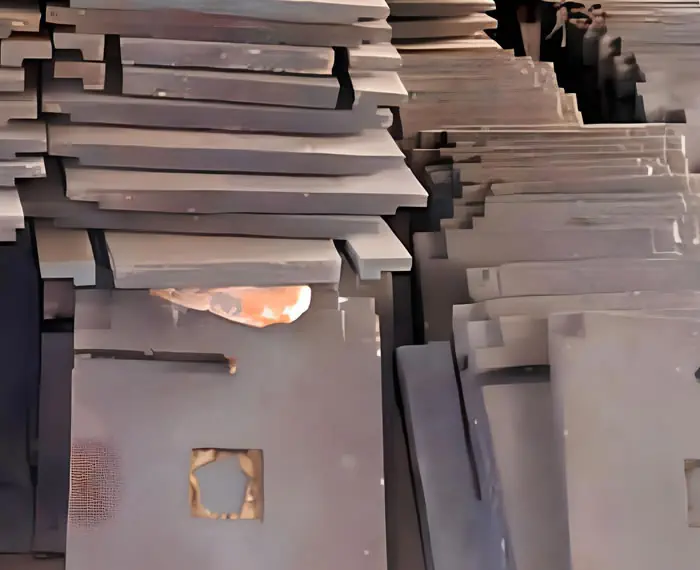
How To Choose The Right Casting Cleaning Equipment
Key Considerations for Selecting the Right Shot Blasting Equipment in FoundriesCasting cleaning is an essential process in any foundry, ensuring that casti
-
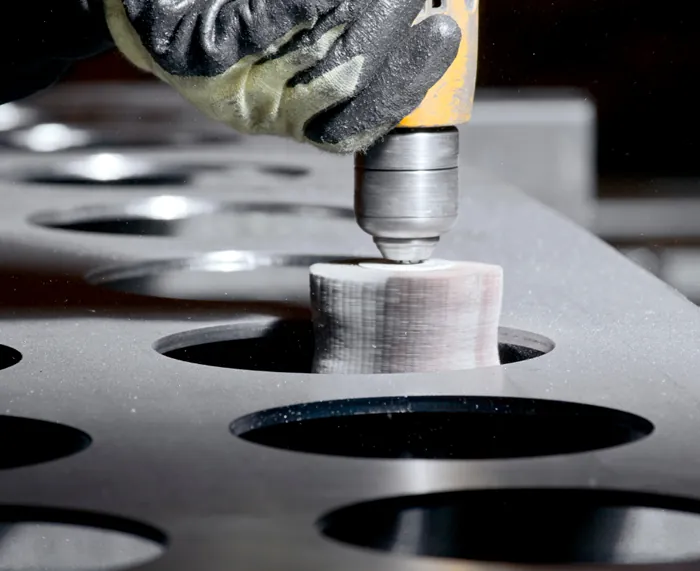
How to Remove Burrs from Metal Parts
This article explores the causes of burrs and explains the pros and cons of common removal methods. By choosing the right method, you can achieve a smooth, burr...
-
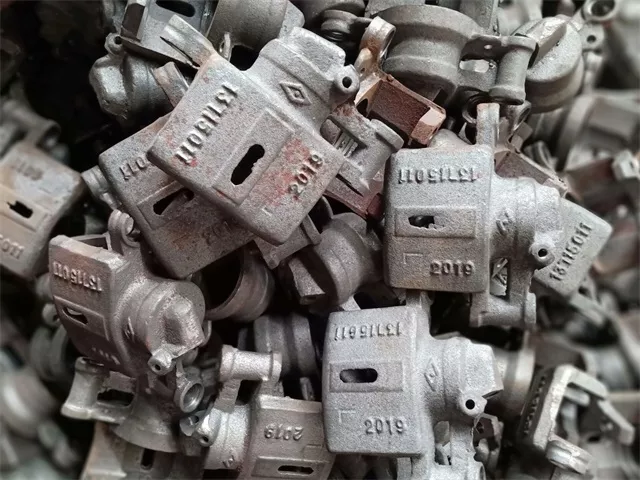
how to replace the brake wheel cylinder and casting technology?
The brake wheel cylinder (commonly known as the brake caliper) is a very important component in the braking system. If it fails, it will have a great impact on ...
-

The Timeless Technique of Sand Casting: Past, Present, and Future
This article delves into the fundamentals of sand casting, its historical significance, technological advancements, material applications, and its future in hig...
-
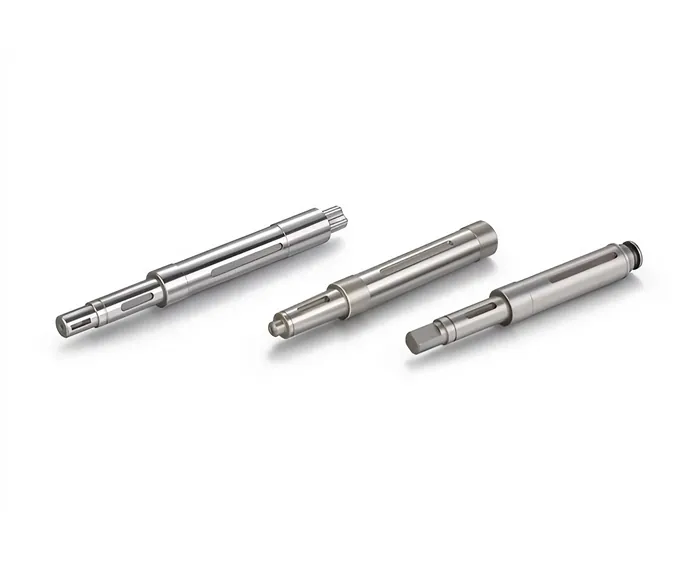
Shaft Components: The Best Choice For CNC Machining
From solid to hollow, delve into CNC machining precision, uncovering routes from turning to drilling.
-
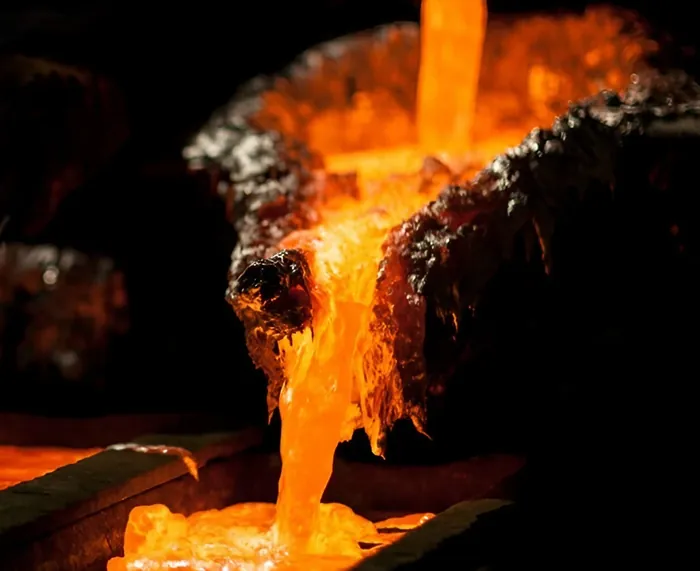
How to Reduce Aluminum Casting Costs
Discover how to reduce costs in aluminum casting with this comprehensive guide. Learn about design for manufacturability, alloy selection, process optimization,...

